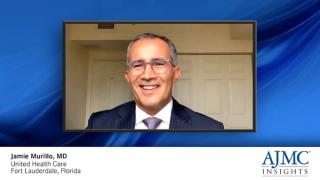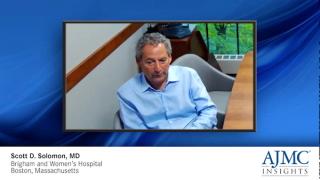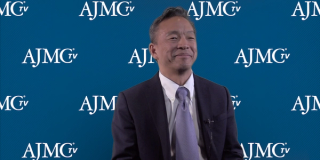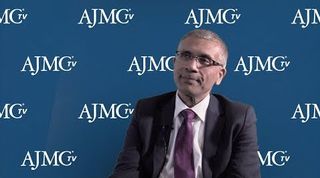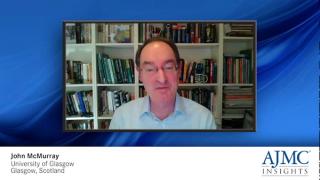
Heart Failure
Latest News

Latest Videos

CME Content
More News

This new investigation, a subanalysis of participant data from the Atherosclerosis Risk in Communities study, examined race- and gender-based differences of heart failure (HF) risk at an older age.

This new study from investigators at University of Calgary investigated the potential of midwall striae fibrosis to predict hospital admission for heart failure.

This new analysis of more than 11 million veterans investigated risks of several cardiovascular diseases beyond the first 30 days after COVID-19 infection.

This study from Italy investigated potential associations between heart failure and comorbid cancer and whether the existence of heart failure predisposed individuals with both to a higher risk of death.

There is a persistent lack of effective treatments for heart failure with preserved ejection fraction (HFpEF), so in this study, investigators examined the impact of an atrial shunt among patients with this disease subtype.

In this new study from China, the link between left ventricular (LV) structural changes and mortality following coronary artery bypass grafting (CABG) was investigated among a patient cohort with heart failure with reduce ejection fraction.

The US Preventive Services Task Force (USPSTF) had announced an update to its 2018 recommendation on screening for atrial fibrillation (AFib) for older adults.

These new study findings support a link between faster walking pace and reduced risk of developing heart failure and its subtypes.

This new short-term matched study from investigators at Children’s Hospital of Philadelphia investigated cardiac-related outcomes among pediatric patients presenting with COVID-19–related multisystem inflammatory syndrome.

The combined effects of obesity and malnutrition among individuals with heart failure were explored in this recent study from France, with the investigators noting that while malnutrition is a risk factor for adverse outcomes, obesity often confers a protective effect.

Following a review of trials that evaluated reduced sodium intake among patients with heart failure, investigators found no improvement to patient quality of life or their risks of mortality and hospital readmission.
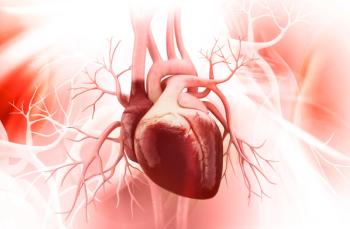
Authors described recent therapeutic developments in heart failure with preserved ejection fraction (HFpEF) and proposed a conceptual framework for more targeted treatment.

Analysis results revealed racial and sex disparities among patients with hypertrophic cardiomyopathy who receive implantable cardioverter-defibrillator (ICD) devices.
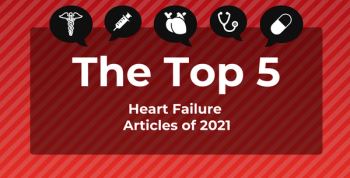
In 2021, there were some changes to recommendations and an important FDA approval for patients with heart failure or who are at risk of heart disease.

Adriaan Voors, MD, professor of cardiology and director of the Heart Failure Clinic, University Medical Center Groningen, the Netherlands, explains why patients provided sodium-glucose co-transporter 2 (SGLT2) inhibitors in hospitals may be unable to continue the medication after discharge.

Under the expanded FDA label, up to 1.8 million individuals in the United States could be eligible for sacubitril/valsartan, and up to 180,000 worsening heart failure (HF) events could be prevented or postponed.

Adriaan Voors, MD, University Medical Center Groningen, the Netherlands, discusses how and why sodium-glucose co-transporter 2 (SGLT2) inhibitors act so quickly for patients with heart failure.
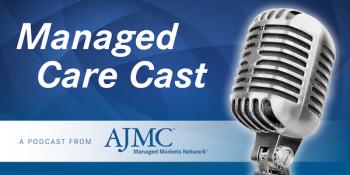
In a study published in our December issue, researchers analyzed how prescribing of the newly approved heart failure drug sacubitril/valsartan diffused across the nation.

Findings presented today during EuroEcho 2021 demonstrate a potential link between persistent dyspnea following recovery from COVID-19 infection and subclinical cardiac dysfunction.

A secondary analysis of economic outcomes–related data from the Rehabilitation Therapy in Older Acute Heart Failure Patients trial attempted to answer if a novel 12-week rehabilitation intervention held cost-effective value.

Rates of sacubitril/valsartan diffusion have been slow and there has been significant geographic variation, highlighting the importance of local prescribing patterns in early drug diffusion.

Adriaan Voors, MD, discusses possible mechanisms of action of empagliflozin that produce such beneficial results among patients with heart failure, in an interview about the EMPULSE trial prior to this year’s American Heart Association Scientific Sessions.

This new investigation into the use of sodium-glucose co-transporter 2 (SGLT2) inhibitors for heart failure shows significant benefit in persons with heart failure with preserved ejection fraction (HFpEF).

A new analysis of data from the HOMAGE study addresses previous mixed results on the use of aspirin among patients who may be at risk of heart failure (HF).

Wanting more data on the benefits of sacubitril/valsartan vs renin angiotensin system inhibitor background therapy, investigators conducted a large randomized study among persons with heart failure with preserved ejection fraction (HFpEF).




